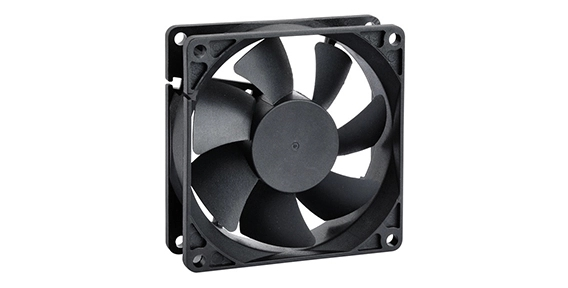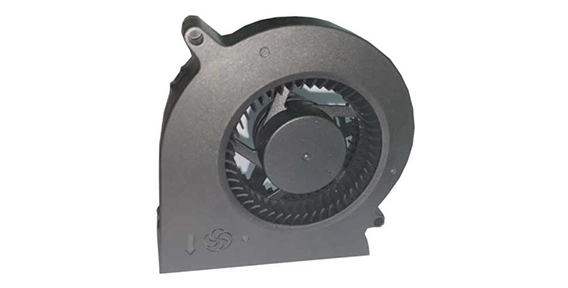Proper ventilation is crucial to maintain indoor air quality and optimize the functionality of household appliances. When it comes to clothes dryers, exhaust booster fans are commonly used to enhance airflow. However, there are alternative approaches that can also improve ventilation without the need for these fans. In this article, we will explore some alternatives to clothes dryer exhaust booster fans and discuss their benefits in terms of improving ventilation.
A Fundamental Step for Improved Airflow with Booster Fan
A clothes dryer exhaust booster fan is a device that increases the airflow in the dryer duct system. This additional boost helps to optimize drying performance, reduce drying time, and prevent potential issues such as lint accumulation or excessive heat buildup. Installing a booster fan is a fundamental step to ensure proper ventilation for your clothes dryer.

Booster Fan: Enhancing Airflow Through Strategic Layouts
While industrial axial fans are commonly used, there are alternative methods to improve airflow without relying solely on these fans. Strategic layouts for dryer ducts and vent systems can significantly enhance ventilation. Consider the following techniques:
Straighter Duct Routes
Ensuring that the dryer ducts have the shortest, straightest possible route to the external vent can minimize airflow restrictions and improve overall efficiency.
Reduced Duct Bends
Minimizing the number of bends in the dryer duct system can enhance airflow by reducing the potential for air resistance and blockages.
Proper Duct Sizing
Ensuring the ducts are appropriately sized for the specific dryer model is crucial. Overly large ducts can lead to reduced airflow, while ducts that are too small may cause pressure build-up and increased energy consumption.

External Vent Hood Upgrades: Enhancing Performance with Booster Fan
Another alternative for improving ventilation in clothes dryers is by upgrading the external vent hood. The vent hood plays a crucial role in expelling the hot air and moisture generated during the drying process. Consider the following upgrades:
Bird Guard Installation
Installing a bird guard can prevent birds and other animals from entering the vent system, reducing blockages and ensuring efficient airflow.
Moisture-Resistant Hood
Opting for a moisture-resistant vent hood can prevent water infiltration, which can lead to mold growth and decreased performance.
Proper Hood Positioning
Ensuring the vent hood is positioned correctly with the opening facing downward helps prevent rainfall from entering the vent system while allowing efficient airflow.
The Future of Booster Fan
As technology advances, the future of booster fans for clothes dryers looks promising. Manufacturers are continuously working on innovative solutions to improve the performance, efficiency, and noise levels of these devices. The future may see booster fans equipped with advanced sensors and controls that optimize airflow based on specific drying requirements. Additionally, integration with smart home systems may provide further convenience and energy savings.
While clothes dryer exhaust booster fans are commonly used to improve ventilation, there are alternative methods that can also enhance airflow. By adopting strategic layouts for dryer ducts, upgrading the external vent hood, and incorporating future innovations, homeowners can ensure effective ventilation without relying solely on booster fans. By optimizing ventilation, you can improve the performance and longevity of your clothes dryer while maintaining better indoor air quality.

 EN
EN 

 +
+
 +
+
 +
+



